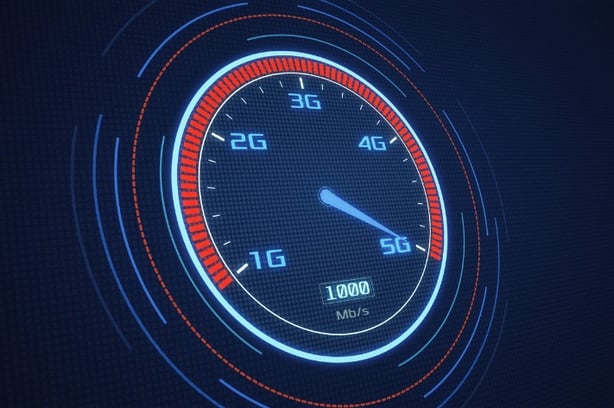How? Move to all-outdoor wireless backhaul to achieve rapid site deployment
Network deployment, extension, densification, and modernization are common tasks in today’s mobile world. The scenarios are plentiful, and the numbers continue to grow. Maybe you need to extend your coverage to reach new markets and areas (greenfield implementations). Or maybe, you need to provide new service to existing customers (brownfield implementations) or even evolve your network to 5G. Whichever way you’re headed next in your network evolution, each of these scenarios requires massive amounts of new sites added to your network.
The two underlying tasks required for deployment of new sites are site acquisition and site connectivity (backhaul). The time it takes to complete these is a critical deciding factor for calculating your service time-to-market.
The good news is that selecting an all-outdoor wireless backhaul solution can shorten this duration by some 50%!
Wireless Backhaul & Your Network
Wireless backhaul is the fastest, most cost-effective and reliable way to connect your new sites to the network. But not all wireless backhaul solutions are created equal, and they don’t all provide the same benefits.
Traditionally, wireless backhaul solutions offer several form factors, or functional splits, for their networking and radio elements. The most common ones are split-mount and all-outdoor setups. The first splits the node functionality into a networking element which is installed indoor, and a radio element which is mounted to an antenna (direct mount) or to the tower (remote mount), connected with waveguides to the antenna.
With all-outdoor configuration, however, both the networking function (which is all-IP) and the radio function, are outdoor, in a single box, and mounted to the antenna or the tower.
All-outdoor can be a simpler and more cost-efficient configuration. The unit can be easily connected to an IDU or external box for providing TDM traffic or a higher number of Ethernet interfaces.

IP-50EX: All-Outdoor Radio
All-Outdoor Wireless Backhaul – Boosted Benefits
There are some benefits of using all-outdoor wireless backhaul solutions in 5G networks, compared to split-mount solutions. This is particularly true with a multicore, all-outdoor solution.
-
Faster and simpler site acquisition – 50% time savings: Utilizing all-outdoor solutions eliminates the need for indoor rack space for the networking unit. In cases where the other equipment at the site (e.g. RAN equipment) is also in an all-outdoor configuration, there is no need for a shelter – making site allocation and acquisition simpler, faster, and more cost-effective.
-
Simplified operations and faster time to market – typically 50% fewer part numbers: Because the node is based on a single box that covers all functionality (radio and networking), coupled with 1+0 and 2+0 configurations, the number of part numbers in the network is reduced significantly. This simplifies and accelerates the planning-to-deployment cycle.
-
Increased configuration flexibility with disaggregated wireless backhaul: All-outdoor nodes can serve in tail sites as well as in aggregation sites connected to aggregation networking units. In cases of disaggregated wireless backhaul, in which the indoor unit (such as the IP-50FX) can run radio-aware networking over an Ethernet interface, connecting multicore outdoor units creates a multicore aggregation node. Such a node features full split-mount functionality, including carrier aggregation, radio-aware networking, and synchronization support.
-
Increased power efficiency – reduced power consumption by 60%: All-outdoor solutions allow lower power consumption. First, the direct consumption of the unit is significantly lower. On top of that, the lack of an indoor unit eliminates the need for an air conditioning system. The saving is both in the air conditioning system itself and in its power consumption, which is typically half the power consumption of the unit it needs to cool.
-
Improved security and vandalism resistance – increased service availability: The fact that the active equipment is installed high above ground leads to additional security. Attackers (e.g. vandals) would need to use extreme measures to physically reach the equipment in order to sabotage it or eavesdrop.
All-Outdoor Wireless Backhaul – Market Reception
The market reception of all-outdoor wireless backhaul has been increasingly positive, particularly in the context of 5G rollout, densification, rural broadband expansion, and emerging market deployments. All-outdoor microwave systems continue to gain share, particularly in regions with less fiber availability. And there is strong adoption of all-outdoor E-band radios in 5G backhaul, as E-band is typically priced very low compared to traditional microwave bands. Ceragon has been providing all-outdoor radios to some of the largest Tier-1 operators around the world for years. Our roadmap continues to bring innovation to the market – providing diverse carrier-grade, high-capacity solutions - including both all-outdoor and split mount architectures.
To learn more, contact one of our experts today:


